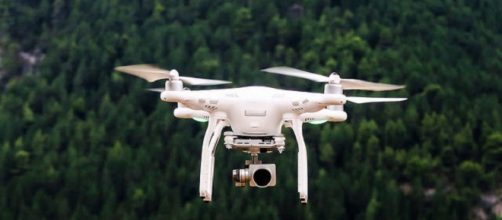A training session by lifeguards in Australia using Drone technology recently turned into a real-life opportunity to utilise the futuristic option for saving lives at sea. The forward-looking team at Lennox Head, a beach south of Brisbane where surfers have the opportunity to crest the waves, deployed the drone to help save two men in trouble outside the designated safety flags.
Willingness to explore alternative options
Local authorities have been eager to explore the additional options provided by the fast-developing technological advances being made and see drones as being perfectly matched to their future vision for life-saving in Australia.
Extra weight will have been added to that belief after the successful real-life proof of concept.
Planned as a training exercise
The world's first use of the drones in such a manner was originally planned merely as a training exercise to demonstrate how the devices could be used to help pull swimmers in danger to safety. Realism was added to the trial though when the lifesaving team became aware of two men who were swimming in an area with a 10-foot swell and appeared to be in trouble as a consequence.
With speed of response being essential in the interests of the swimmers' safety, the lifeguards launched the drone and a "rescue pod" was dropped into the water near their position. The pod quickly expanded to enable the imperilled pair to grab on to it and then safely complete their return to the shore.
A world first for the flying robots
Deputy premier for New South Wales, John Barilaro, was full of praise for the quick-thinking of the lifeguards afterwards. He said that such a manner of life-saving procedure involving "a drone fitted with a flotation device" had never previously "been used to rescue swimmers like this."
From a technological viewpoint, drones can be categorised as Unmanned Aircraft and are commonly referred to as 'UAVs' (unmanned aerial vehicles) or 'UASes' (unmanned aircraft systems).
Drones may be remotely controlled or even configured to fly autonomously, through the use of embedded software working alongside onboard sensors and the Global Positioning System (GPS) to pinpoint geographical locations.
Saving lives rather than war zone usage
Drone technology is already being put to a number of uses in war zones and conflicts, replacing the need to endanger humans as a result in many circumstances. However, their usage in the lifesaving arena seems to offer even more cause for celebration as they help to save lives rather than also kill others during times of battle.


